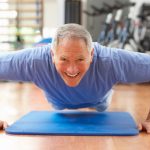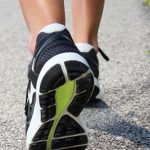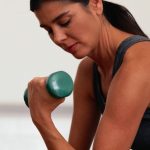
Swimming lessons can lower the risk of drowning, but black kids often miss out on learning this lifesaving skill, a leading pediatricians group says. “Everyone should have the opportunity to learn to swim,” said Dr. Kyle Yasuda, president of the American Academy of Pediatrics (AAP). “This is an essential life skill for children, teens and adults. It’s an important part of the ‘layers of protection’ that families and communities can put in place to protect children and teens around water,” Yasuda said in an AAP news release. Not everyone has the same access to swimming lessons. Historically, black Americans have faced barriers to learning to swim, and black teen boys have the highest drowning risk of any age group, according to the academy. Rates of drowning among children aged 11 to 12 are 10 times higher for black kids than for whites, according to the U.S. Centers for Disease Control and Prevention. According to Dr. Nia Heard-Garris, “This is a problem we can solve.” She is chair of the AAP Section on Minority Health, Equity and Inclusion. “Some communities have created innovative solutions to provide free or low-cost swim lessons, and others have developed culturally sensitive lessons, and lessons for children with developmental disabilities or special health care needs. All children should have access to these potentially lifesaving skills,” Heard-Garris said. In 2017, nearly 1,000… read on >




























-300x200.jpg)







-300x169.jpg)
